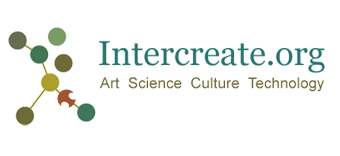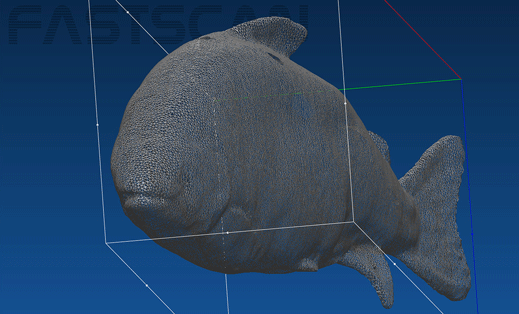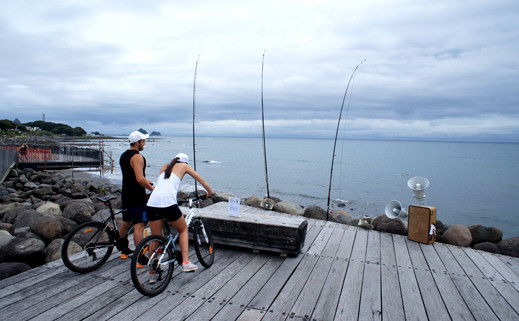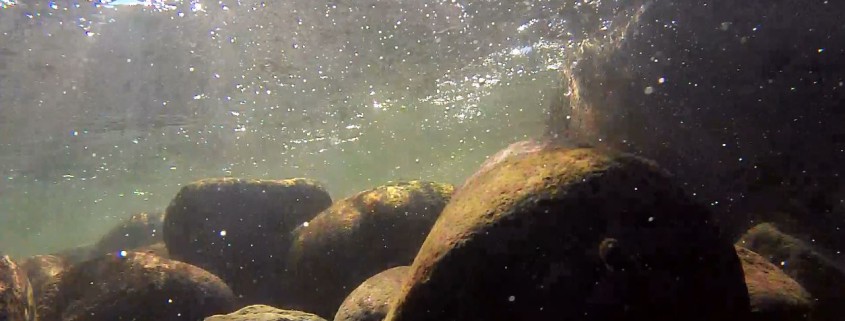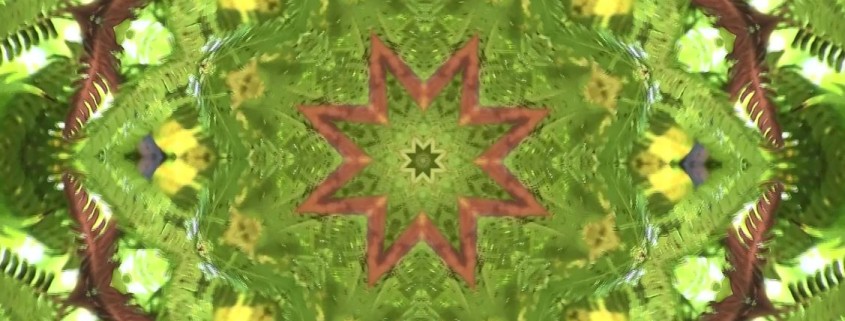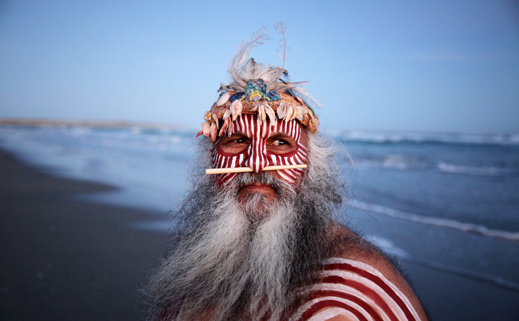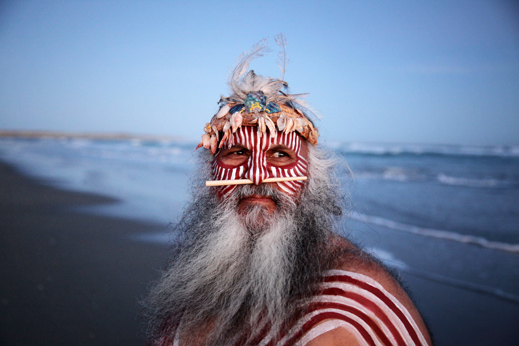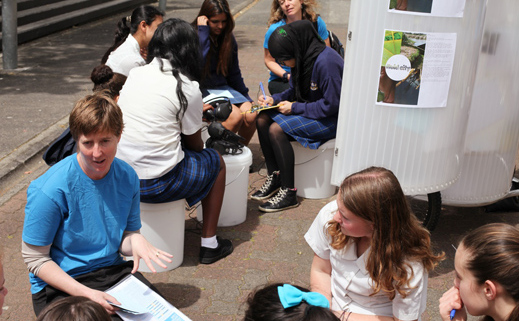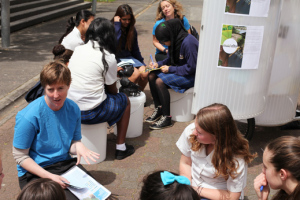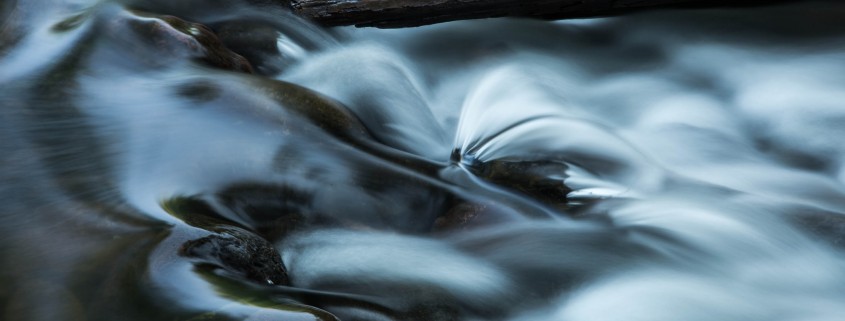Digitized 3D Objects and Audio Signal Convergence by Claire Brunet, Susan Fryberg and Toby Gifford
Recordings of water, specifically chosen to make audible water’s numinous quality, are modified through signal processing mechanisms that are derived from digitised 3D objects. These will be played back along a public waterway, through solar powered speakers, as part of the SCANZ temporary public art works section. Projections of 3D forms data using a portable power generator are linked to the concept of water and its sustainability, and supported by sound. A stretched white net will be used as a projection screen.
Through exploring the ways in which the data from the digitized objects and forms are transformed and translated from nature to code to signal processing mechanisms, we investigate the plural condition of the digital medium. The work explores both interactions with digital data impact on ar1ists’ perception and interaction with the natural environment and foster a plurality of creative approaches. From a research/creation experiential mode of inquiry we investigate the ways in which the digitalisation of spatial, temporal and sonic modalities, impacts on interdisciplinary artistic concepts.
The Project team comprises the following artists: Claire Brunet, sculptor working with 3D digital technology who is completing a PhD on the impact of 3d digital technology and technological environment on sculpture installation art; Susan Frykberg, a composer of electro/acoustic music who often combines feminist, spiritual and social ideas in her work, and Toby Gifford, a music technologist sound designer and acoustic musician who has completed his PhD in interactive music systems, will offer technical support. The project we propose for Water and/or Peace residency and temporary public work (residency with public exhibition project) presents a multidisciplinary approach to the ways in which artists and the audience adapt to a creative experience.
The project combines music and sculptural forms data inside a digital context where sound, space, time and materiality are explored through a digital medium. It addresses an ecological and trans-national discourse, referencing water as an essential element of life. Original recordings, images and 3D objects are sourced from the physical space and location of the three artists – Canada, New Zealand and Australia. Sonic material from recordings of waters will be modified through granular synthesis and digital signal processing, through data obtained from a digital representation of manipulated data forms.
A number of software platforms will be used for this including Max and Ableton Live. Water sounds, changed by the data obtained through scanned elements from nature, parallel the interrelationship of the fish and water. Solar powered speakers will be used to make audible the sonic material.
Image projection will include a digital representation of manipulated data of a salmon form. The fish is an iconic figure of Canadian marine life and is also present in New Zealand and Australia. It is a visual metaphor for the complexity of the living condition. As a way to express the paradoxical aspect of life, the fish species selected also symbolizes the strength of nature’s instinct for survival. On site access to a portable power generator will supply energy for the data projector, allowing projections of 3D forms in nature. A stretched white net will be used as a projection screen.
This sound/projection multimedia installation project will enable us to explore new ways of looking, inventing, imagining and expressing past, present and future perceptions and interactions witl1 tl1e world in which we live. The main focus of our work is nature, transformation and change, through which we address ecological issues via the theme of water.
